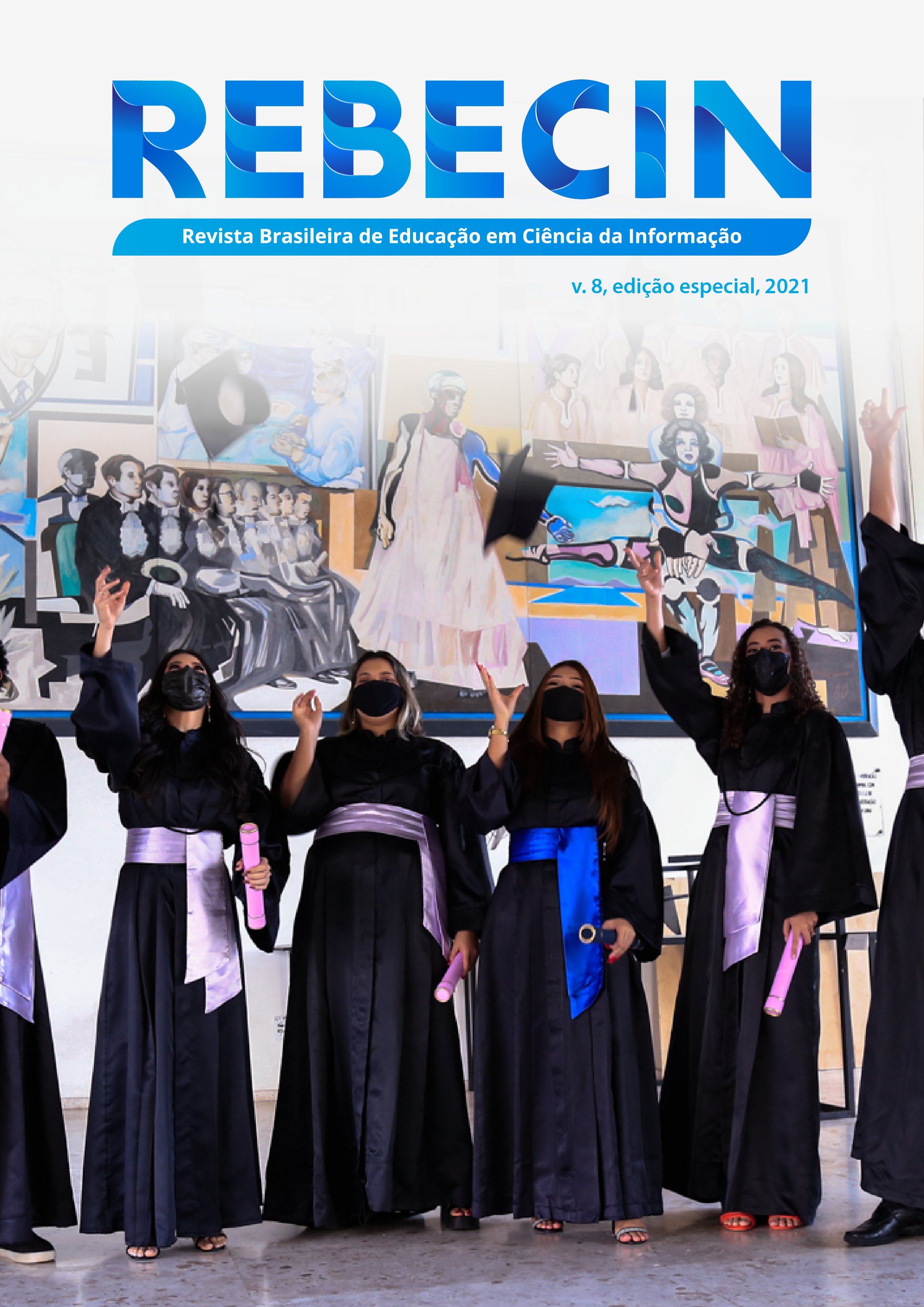Comics and formation of the eternal reader
DOI:
https://doi.org/10.24208/rebecin.v8i.240Keywords:
Comics, Reader formation, Act of reading, Comics reader, Ninth art, Sequential artAbstract
The purpose of this article is to identify the influence of reading comics in the formation of readers and how this habit can be connected to other reading practices. To reach this goal, we carried out a qualitative research with comics readers in two comics and nerd culture conventions. This qualitative research was conducted during the Fest Comix Convention (on June, 2016), where 143 questionnaires were applied to establish a comics reader profile. Based on these results, we also carried out a qualitative research during the Anime Friends Convention (on July, 2016), where were conducted 19 interviews which allowed us to explore some intrinsic data from the answers obtained. In both researches teenagers and adults who had comics reading as a habit were interviewed. With the analysis of the two questionnaires, we could verify that the reading habit is acquired by socialization (family, friends, groups) and is related to one's social construction stimulated by people, places and one’s interaction with the environment one lives in. Based on this data it is possible to say that the “formation of the eternal reader” justifies itself, as the comics reader remains with its reading habit for the whole life, with no age restrictions, being permanent and contributing to the reading of other typologies.
Downloads
References
BARI, V. A. O potencial das histórias em quadrinhos na formação de leitores: busca de um contraponto entre os panoramas culturais brasileiro e europeu. 2008. Tese (Doutorado em Cultura e Informação) - Escola de Comunicações e Artes, Universidade de São Paulo, São Paulo, 2008. Disponível em: < http://bit.ly/2c1PPcY>. Acesso em: 12 mar. 2021.
CHAVES, D. E de repente os quadrinhos estão fazendo sucesso. Conhecimento prático: língua portuguesa, São Paulo, n. 58, p. 1, mar. 2016.
EISNER, W. Quadrinhos e arte sequencial. São Paulo: Martins Fontes, 2001.
JOUVE, V. A leitura. São Paulo: Editora UNESP, 2002.
MARTINS, M. H. O que é leitura? São Paulo: Brasiliense, 2006.
VERGUEIRO, W. C. S. A atualidade das histórias em quadrinhos no Brasil: a busca de um novo público. História, Imagem e Narrativas, v. 5, p. 1-20, 2007.Disponivel em: <https://bityli.com/J1en0>. Acesso em 12 mar. 2021.
Published
How to Cite
Issue
Section
License
A REBECIN adota a licença Creative Commons CC-BY 4.0 (https://creativecommons.org/licenses/by/4.0/deed.pt_BR) , a qual permite:
- Compartilhar— copiar e redistribuir o material em qualquer suporte ou formato
- Adaptar— remixar, transformar, e criar a partir do material para qualquer fim, mesmo que comercial.
A REBECIN considera que o autor detém o direito autoral sobre sua produção, porém o autor deve concordar em ceder à revista o direito à primeira publicação. Além disso, o autor deve concordar que:
- em quaisquer publicações em repositórios institucionais, capítulos de livro ou outras produções decorrentes de trabalhos publicados na REBECIN, devem ser dados os devidos créditos à publicação inicial.
- estão autorizados a publicar e distribuir seu trabalho online (ex.: em repositórios institucionais ou na sua página pessoal) a qualquer momento antes ou durante o processo editorial, já que isso pode gerar alterações produtivas, bem como aumentar o impacto e a citação do trabalho publicado pela REBECIN.









 Licenciada por
Licenciada por 